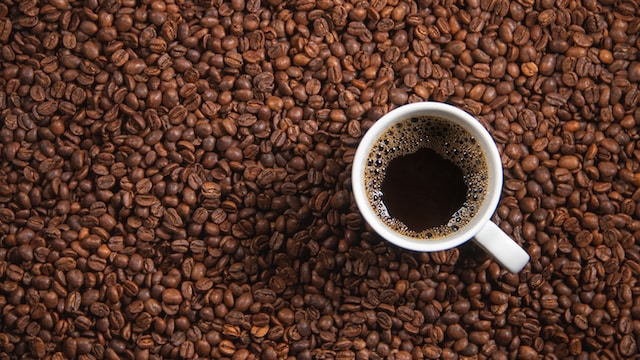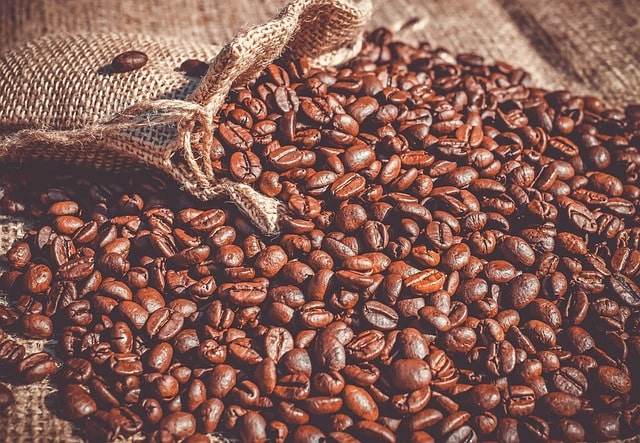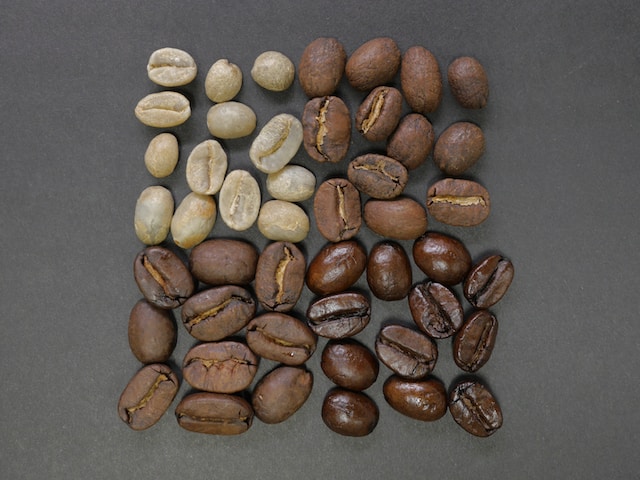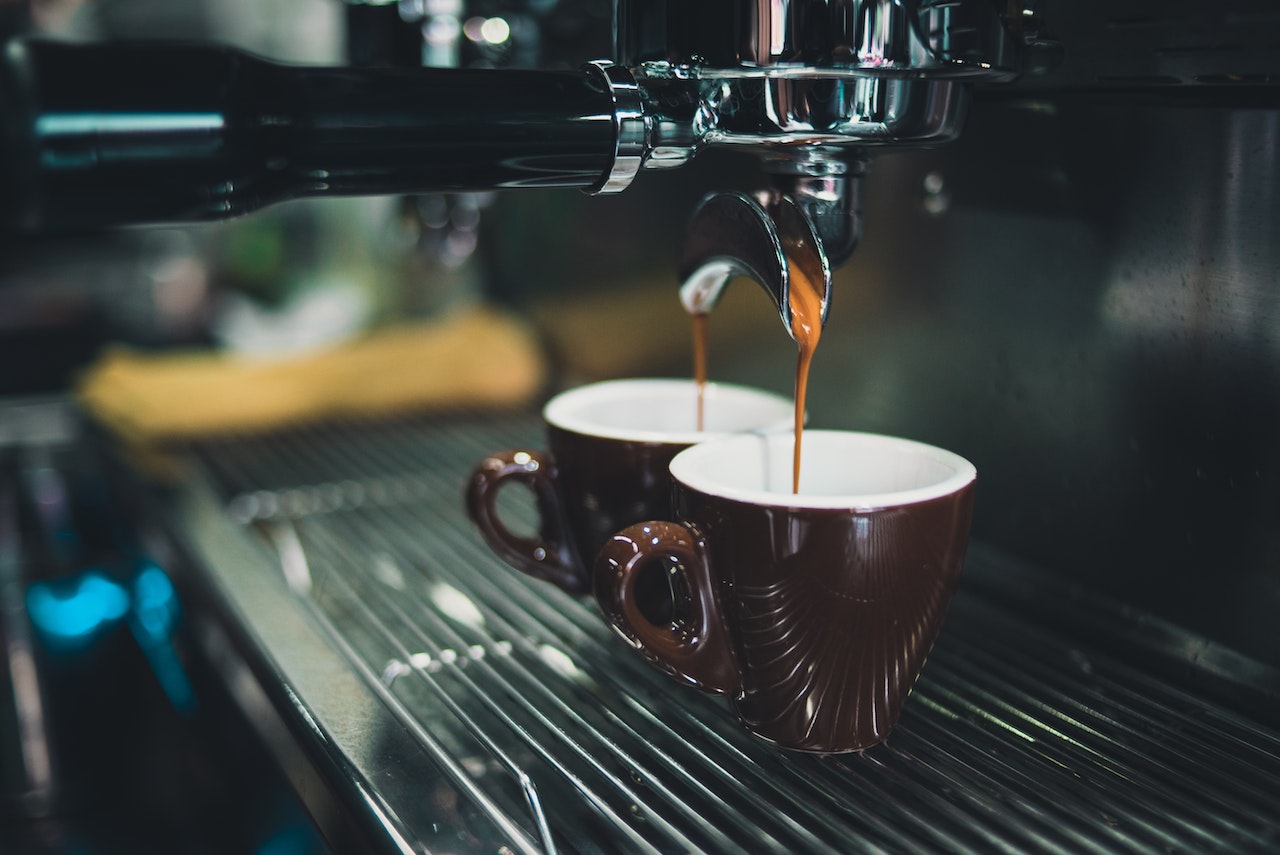Best coffee beans for espresso
Introduction
A. Brief overview of espresso and its popularity
Espresso is a widely popular coffee brewing method that originated in Italy in the early 20th century. Over the years, it has gained worldwide recognition as a cornerstone of coffee culture and has become an integral part of daily routines for millions of people. Espresso is cherished for its rich flavor, smooth texture, and concentrated nature, making it a favorite among coffee enthusiasts and connoisseurs alike.
B. Importance of choosing the right coffee beans for a perfect espresso
Selecting the right coffee beans is essential to making a perfect espresso. The type of beans, their origin, roast level, and freshness all contribute to the final taste and quality of the espresso. In this essay, we will explore the factors that determine the best coffee beans for espresso and provide recommendations to help you make an informed decision.

What is important
A. Factors affecting the quality of espresso
- Bean origin and flavor profile
The origin of the coffee beans plays a significant role in determining the flavor profile of the espresso. Beans from different regions can have distinct tastes, ranging from fruity and floral to earthy and chocolaty. Experimenting with beans from various origins can help you find the perfect flavor for your espresso. - Roast level
The roast level of coffee beans affects their flavor, aroma, and caffeine content. Lighter roasts tend to be more acidic and bright, while darker roasts are often bolder and more robust. The ideal roast level for espresso is generally a medium-dark to dark roast, which enhances the beans’ natural flavors and produces a rich, full-bodied shot. - Freshness of beans
Freshly roasted coffee beans are crucial for a great espresso. Coffee starts losing its flavor and aroma soon after roasting, so it’s essential to use beans within two to three weeks of their roast date. - Blends vs. single-origin beans
Blends combine beans from different origins to create a balanced and consistent flavor profile. In contrast, single-origin beans showcase the unique characteristics of a specific region. Both options can produce excellent espresso, depending on your taste preferences.

B. Arabica vs. Robusta beans
- Flavor differences
There are two primary species of coffee beans: Arabica and Robusta. Arabica beans are generally considered superior in taste, with a more delicate and nuanced flavor profile. Robusta beans, on the other hand, are more robust and bitter, with a higher caffeine content. - Caffeine content
Robusta beans contain nearly twice as much caffeine as Arabica beans, which can make the espresso more potent. However, many espresso blends favor Arabica beans for their superior taste and aroma.

C. Notable coffee bean origins for espresso
- Brazil
Brazilian coffee beans are known for their nutty, chocolatey flavors, which make them an excellent choice for espresso. They are often used as the base for espresso blends. - Colombia
Colombian beans have a balanced flavor profile with bright acidity and subtle fruity notes. They can be used in espresso blends or as a single-origin espresso. - Ethiopia
Ethiopian beans are famous for their fruity, floral flavors, and bright acidity. They can produce a unique and complex espresso with a lighter roast. - Guatemala
Guatemalan beans offer a rich, full-bodied espresso with chocolate and caramel notes. They are often used in blends to add depth and complexity. - Sumatra
Sumatran beans are known for their earthy, spicy flavors and low acidity. They can add an exotic and bold element to espresso blends.
D. Recommended espresso blends
- Italian-style espresso blend
Italian-style espresso blends often combine Central and South American, and African beans to create a bold, full-bodied, and slightly bitter espresso. They are typically dark-roasted, which helps to develop a strong, intense flavor with low acidity. - French-style espresso blend
French-style espresso blends are characterized by their dark roast and intense flavor. They often include a mix of Arabica and Robusta beans, resulting in a robust and powerful espresso with a thick crema. - House blend
House blends are created by individual roasters, combining beans from different origins to achieve a unique and balanced flavor profile. These blends can vary widely in taste and are an excellent way to explore different espresso flavors.
E. Roasting process
- Importance of roast level for espresso
The roast level is crucial in determining the flavor, aroma, and caffeine content of the espresso. It influences the beans’ natural flavors and can either enhance or diminish their characteristics. For espresso, a medium-dark to dark roast is often preferred, as it produces a rich, full-bodied shot with a well-developed flavor profile. - Comparing roast levels
- Light roast
Light roasts are characterized by their bright acidity and fruity, floral flavors. They retain more of the beans’ original characteristics, but may lack the body and depth needed for a satisfying espresso. - Medium roast
Medium-roasted beans have a more balanced flavor profile, with a good balance of acidity, body, and sweetness. They can work well for espresso, especially for single-origin beans with unique flavors. - Dark roast
Dark-roasted beans have a bold, intense flavor with low acidity and a rich, full body. This roast level is ideal for espresso, as it helps to develop the beans’ natural flavors and produces a rich, satisfying shot.
- Light roast
- Choosing the right roast for your taste preferences
Ultimately, the best roast level for your espresso will depend on your taste preferences. Experimenting with different roast levels can help you discover the perfect balance of flavor, acidity, and body that suits your palate.

F. Tips for purchasing and storing coffee beans
- Buying from reputable roasters – Purchasing coffee beans from reputable roasters ensures that you are getting high-quality, freshly roasted beans. Look for roasters that provide information about the beans’ origin, roast date, and recommended brewing methods.
- Checking roast date – Always check the roast date on the coffee beans before purchasing. Ideally, you should use the beans within two to three weeks of their roast date to ensure the best flavor and aroma.
- Storing beans properly – Proper storage is essential to maintaining the freshness of your coffee beans. Keep them in an airtight container, away from direct sunlight, heat, and moisture. Avoid storing beans in the refrigerator or freezer, as this can cause condensation and negatively affect their flavor.
G. Grinding and brewing espresso
- Importance of grind size for espresso – The grind size is crucial for extracting the best flavor from your espresso beans. A fine, consistent grind is essential to ensure even extraction and a balanced shot. Investing in a quality burr grinder can significantly improve your espresso experience.
- Type of espresso machine – The type of espresso machine you use can also impact the quality of your espresso. Manual, semi-automatic, and fully automatic machines all have their advantages and drawbacks, so it’s essential to choose the right one based on your skill level and preferences.
- Trial and error in finding the perfect bean and grind combination – Experimenting with different beans, roast levels, grind sizes, and brewing techniques is the key to finding the perfect espresso for your palate. Don’t be afraid to try new combinations and make adjustments to your brewing process until you achieve the desired taste and consistency.

Conclusion
A. Recap of the factors determining the best coffee beans for espresso
In summary, various factors contribute to determining the best coffee beans for espresso, including the bean origin, roast level, freshness, and whether they are a blend or single-origin. Additionally, the choice between Arabica and Robusta beans, as well as the roasting process, plays a significant role in the final espresso taste.
B. Emphasis on personal preference and the importance of experimentation to find the perfect espresso bean and brew method
Ultimately, personal preference is key when it comes to selecting the best coffee beans for espresso. It’s essential to experiment with different beans, roast levels, and brewing techniques to find the combination that best suits your taste buds. Don’t be afraid to try new origins, blends, and roast levels, as this will help you develop a deeper understanding and appreciation for the rich world of espresso.
By exploring various bean origins, roast levels, and brewing methods, you can unlock the full potential of your espresso experience. Remember that factors such as freshness and proper storage play a crucial role in maintaining the quality of your coffee beans. Armed with this knowledge and a willingness to experiment, you can confidently embark on your journey to discovering the perfect espresso. And as you delve deeper into the world of coffee, don’t forget to explore the health benefits and positive effects on your brain that this beloved beverage has to offer. Happy brewing!







